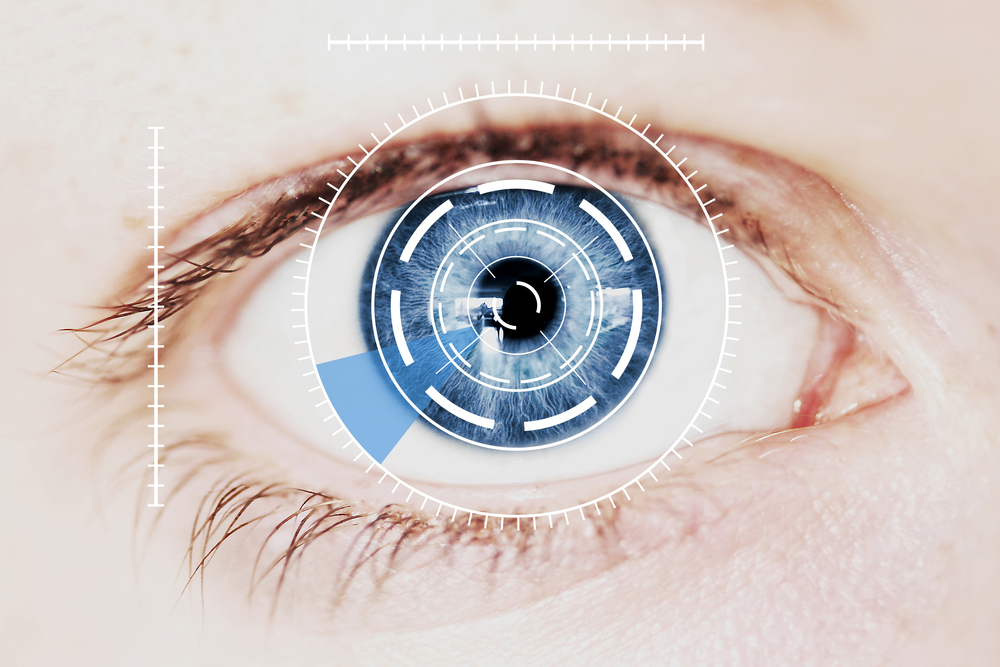Simple Eye Exam, Coupled With AI, May Aid Early Parkinson’s Diagnosis

A simple eye exam, coupled with artificial intelligence (AI) technology, could improve the diagnosis of neurodegenerative disorders, according to researchers at the University of Florida who have applied AI technologies to detect early signs of Parkinson’s disease.
These research findings are being presented in a scientific poster, titled “Machine Learning for Parkinson’s Disease Diagnosis Using Fundus Eye Images,” at the annual meeting of the Radiological Society of North America (RSNA), an all-virtual event to be held Nov. 29-Dec. 5.
Parkinson’s disease, characterized by the loss of neurons that make the neurotransmitter dopamine, is not easily diagnosed due to the lack of specific tests to confirm it. As such, physicians typically rely on clinical symptoms, such as tremors, rigidity, and difficulties with movement, to provide a Parkinson’s diagnosis.
However, the disease’s symptoms can also overlap with those of other neurodegenerative diseases, which makes an accurate diagnosis even more complicated.
“The issue with that [Parkinson’s diagnostic] method is that patients usually develop symptoms only after prolonged progression with significant injury to dopamine brain neurons,” Maximillian Diaz, biomedical engineering PhD student at the University of Florida and lead author of the study, said in a press release.
“This means that we are diagnosing patients late,” Diaz said.
As the disease progresses, nerves become increasingly damaged, not only in the brain but also in the eyes. One symptom associated with Parkinson’s is the thinning of the retina, the layer of nerve cells at the back of the eye that sends impulses to the brain, forming a visual image. Such thinning affects the tiny blood vessels, or vasculature, present in the retina.
According to the researchers, these features represent an opportunity for early Parkinson’s diagnosis.
Machine learning is an emerging field of computer science that predicts outcomes based on the ability to identify patterns in previously generated information. Researchers at the University of Florida applied an AI technique known as support vector machine (SVM) learning to detect signs of Parkinson’s in pictures of the back of the eye, as would be taken during a routine eye exam.
Data from two age- and sex-matched datasets from the UK Biobank were used to compare images of the retina from Parkinson’s patients and controls. Machine learning networks were able to classify which images belonged to those with Parkinson’s patients based on the vasculature of the retina: these individuals had smaller blood vessels in the retina than the healthy controls.
Traditional imaging techniques, such as magnetic resonance imaging (MRI) or computed tomography (CT) scans, can be quite expensive. However, this new method uses images obtained with equipment that is commonly available in eye clinics to get an image. Thus, the researchers suggest, this technique could be used during a routine eye exam to aid in the identification of Parkinson’s or other neurodegenerative disorders such as Alzheimer’s disease or multiple sclerosis.
“The results indicate that the machine learning networks can classify PD based on retina vasculature, with the key features being smaller blood vessels,” the researchers wrote.
“The proposed methods further support the idea that changes in brain physiology can be observed in the eye. Machine learning networks can be applied to clinically available data and still provide accurate predictions,” the researchers wrote.
Diaz said the technique was “very different from traditional approaches where to find a problem with the brain you look at different brain images.”
“The single most important finding of this study was that a brain disease was diagnosed with a basic picture of the eye,” Diaz said.
“If we can make this a yearly screening, then the hope is that we can catch more cases sooner, which can help us better understand the disease and find a cure or a way to slow the progression,” he added.






